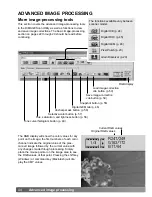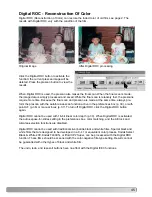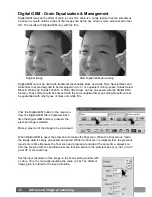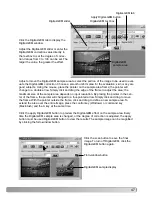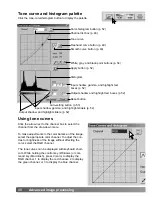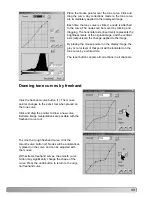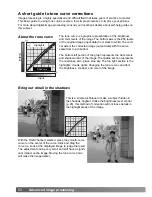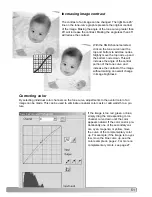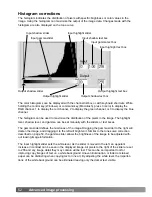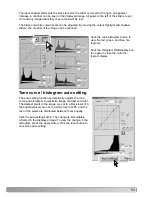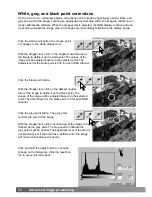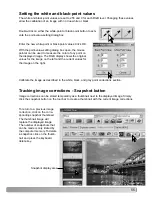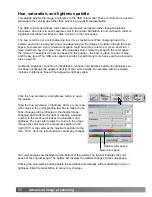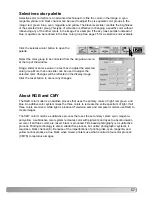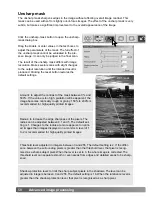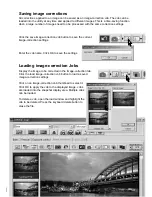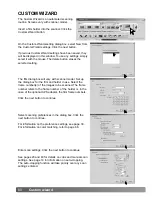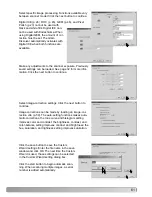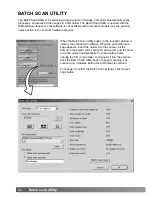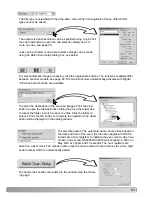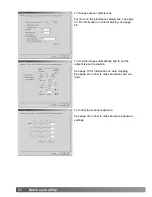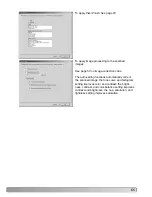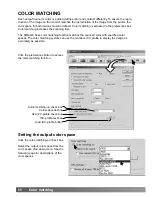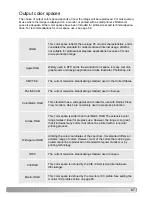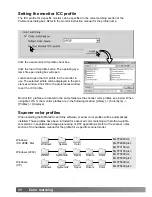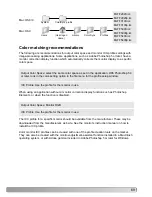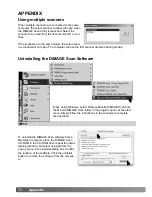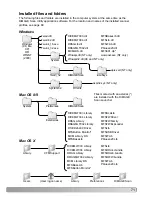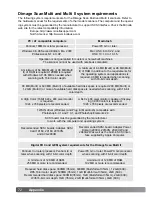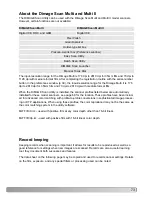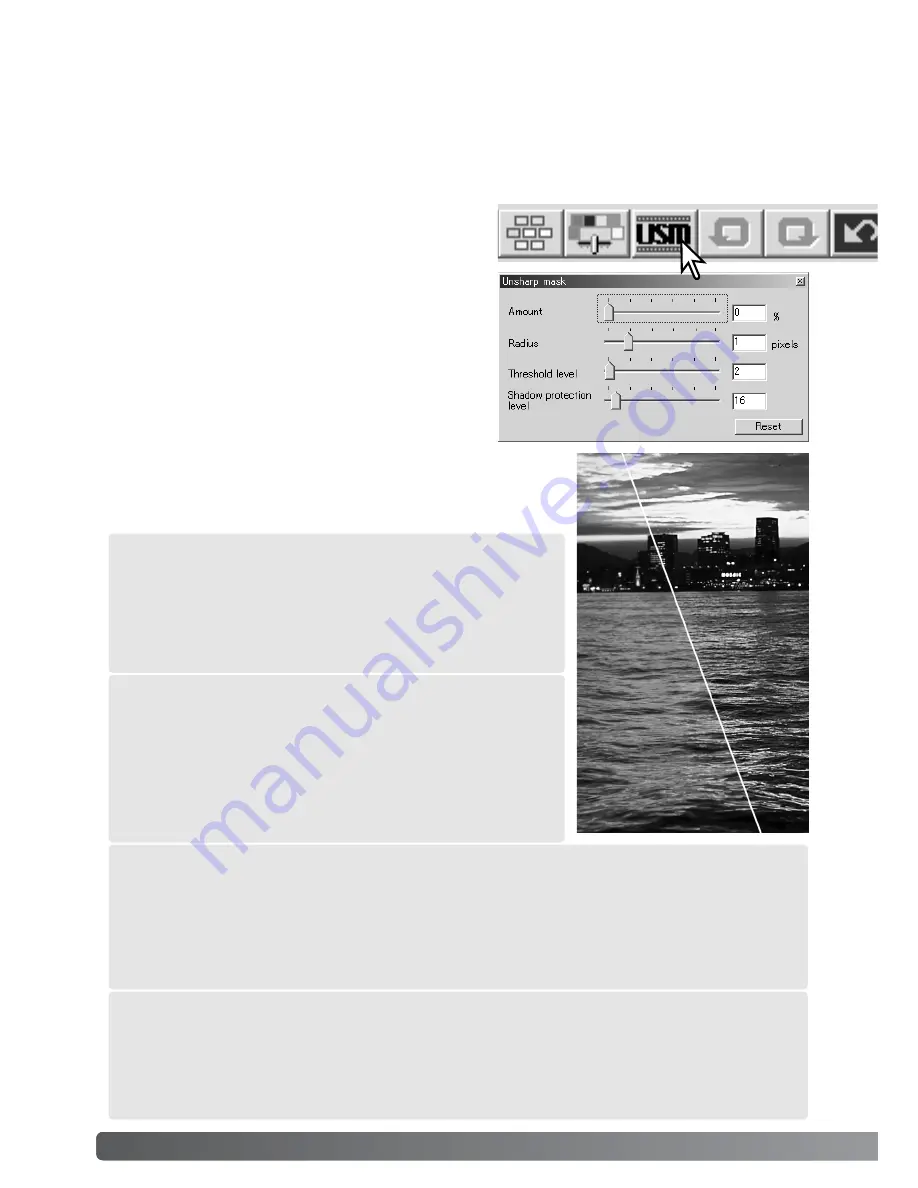
58
Advanced image processing
Amount: to adjust the contrast of the mask between 0% and
500%. If the value is too high, pixilation will be apparent; the
image becomes noticeably rough or grainy. 150% to 200% is
recommended for high-quality printed images.
Unsharp mask
The unsharp mask sharpens edges in the image without affecting overall image contrast. This
mask can be used with soft or slightly out-of-focus images. The effect of the unsharp mask is very
subtle, but makes a significant improvement to the overall appearance of the image.
Drag the sliders or enter values in the text boxes to
adjust the parameters of the mask. The full effect of
the unsharp mask cannot be evaluated in the pre-
scan image. It can only be judged in the final scan.
The result of the unsharp mask differs with image
resolution. Make several scans with slight changes
to the output resolution until the intended result is
produced. Clicking the reset button restores the
default settings.
Click the unsharp-mask button to open the unsharp-
mask dialog box.
Original image
With mask
Shadow protection level: to limit the sharp subject pixels in the shadows. The level can be
adjusted in integers between 0 and 255. The default setting is 16. When the luminance level is
greater than the shadow protection level, that pixel is recognized as a sharp pixel.
Radius: to increase the edge sharpness of the pixels. The
radius can be adjusted between 0.1 and 5. The default set-
ting is 1. Changes to the radius are more apparent on print-
ed images than images displayed on a monitor. A level of 1
to 2 is recommended for high-quality printed images.
Threshold level: adjusted in integers between 0 and 255. The default setting is 2. If the differ-
ence between the surrounding pixels is greater than the threshold level, that pixel is recog-
nized as a sharp subject pixel. When the level is set to 0, the whole image is corrected. The
threshold level can separate smooth or even areas from edges and detailed areas to be sharp-
ened.

